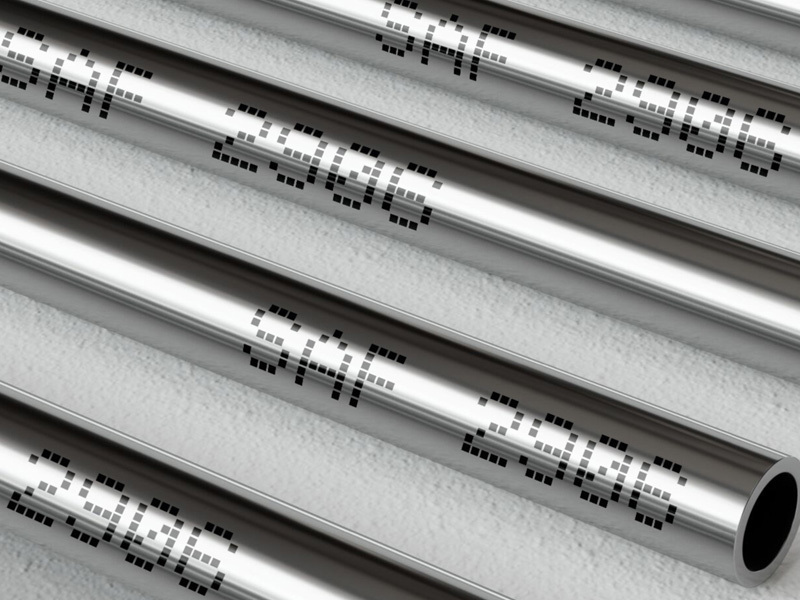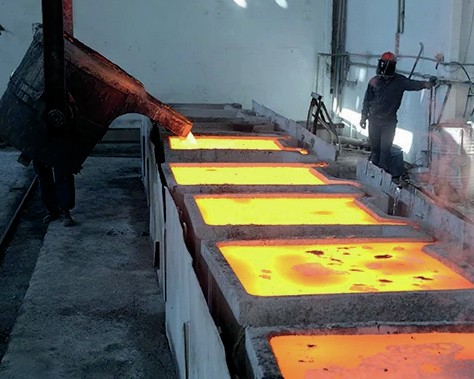Fertilizer International 500 Jan-Feb 2021

31 January 2021
Gemini surfactants: novel phosphate flotation collectors
MINERAL PROCESSING
Gemini surfactants: novel phosphate flotation collectors
Nouryon is introducing a new anionic ‘gemini’ collector for phosphate flotation under the product name Phospholan G10. These novel dimeric reagents offer distinct performance advantages over conventional fatty acid collectors.

Nouryon is a global manufacturer of flotation collectors for phosphate ores. These reagents are designed for the direct flotation of apatite or the reverse flotation of silica and carbonate (Table 1).
Nouryon’s collectors are specifically tailored and optimised for different customer needs. This is necessary to match reagents to individual beneficiation requirements – particularly variations in ore type, process water quality, flotation temperature, impurities, particle-size distribution, etc.
Novel ‘gemini’ surfactants
Nouryon is working to continuously improve its flotation process reagents for mining customers globally. The company recently developed a new range of ‘gemini’ surfactants for the flotation of apatite, as briefly reported last year (Fertilizer International 495, p44),
These novel ionic surfactants are dimeric. They were originally developed a few decades ago as more efficient alternatives to existing monomeric surfactants. The high efficiency of gemini surfactants is linked to their critical micelle concentration (CMC). This can be up to 100 times lower than their monomeric counterparts (Figure 1).
CMC represents the critical concentration at which surfactants in solution start to form micelles. At the CMC, surfactant solutions show a drastic decrease in surface tension. The phenomenon of much lower CMC exhibited by gemini surfactants is connected to their unusual structure. Uniquely, they contain two ionic groups which, being covalently-bound, cannot repel each other (Figure 2).

Key advantages
Currently, fatty acids are the most commonly used type of collector in the direct flotation of apatite from sedimentary phosphate ores. However, their flotation performance usually needs to be enhanced by the addition of other reagents. These typically include a non-polar hydrophobicity enhancer (commonly diesel) and a saponification agent (commonly NaOH). Total reagent dosage rates are often high and can reach 4-6 kg/t.
The use of novel gemini-type apatite collectors, in contrast, offers three specific advantages over fatty acids:
- They lower overall consumption of reagents
- Flotation circuits can run at natural pH
- These lower pH operating conditions allow vegetable oils to substitute as an enhancer for diesel, a known environmental and human health hazard.
Previously, the hydrolysis of vegetable oils at high pH, together with their relatively high price, have limited their use in the direct flotation of apatite. The option with gemini collectors to replace diesel with vegetable oils (triglycerides) is therefore an important operational health and safety improvement. Triglycerides – similar to diesel – are non-polar substances with hydrophobicity enhancing properties. Vegetable oils such as soybean, rapeseed, olive and palm are also more sustainable, being naturally-occurring and renewable raw materials.


Gemini flotation case study
Flotation tests were performed on a sedimentary phosphate ore from Western Africa using a Denver laboratory flotation machine. These tests compared the performance of gemini ionic surfactants as collectors, versus fatty acids, in the direct flotation of apatite.
The main purpose of this laboratory investigation was to confirm the higher efficiency of the new gemini surfactant and evaluate its dependency on pH. Unlike with fatty acid collectors, the gemini flotation tests were carried at natural pH. This allowed the potential of crude soybean oil (CSO), a replacement for diesel enhancers, to also be evaluated as part the tests. Flotation results are shown in Table 2.

The results demonstrate that the new gemini collector is 25 percent more efficient than the fatty acid, when both use a diesel enhancer (Test 2 vs Test 1), even at natural pH. Commenting on the overall results, Dr Natalija Smolko Schwarzmayr, senior scientist at Nouryon, observes:
“We can see an outstanding synergistic effect between the gemini collector and crude soybean oil. This combination led to levels of P2 O5 recovery as high as those achieved with the reference collector but with enhanced capacity to remove silica, with SiO2 levels over 20 percent lower in the concentrate. Additionally, the new collector system is way more efficient, leading to 42 percent reduction in the total consumption of reagents.”
Commercialisation
This novel ionic gemini collector from Nouryon will be made available under the product name Phospholan G10. This belongs to a family of pyrophosphate esters. Such phosphorus-based anionic surfactants make a good choice from a product life cycle perspective. This is because any phosphorus present in the surfactant will be recovered to the apatite concentrate, and not lost to waste waters. It will therefore be captured in the manufacture of phosphoric acid and be ultimately consumed in the production of the fertilizer end product.
“At Nouryon we provide essential chemistry for a sustainable future. When it comes to mining chemicals, we develop and offer products that will improve the performance of your mineral beneficiation process leading to a high-quality concentrate,” comments Dr Odair Lima, Nouryon’s global strategic marketing manager for mining.






